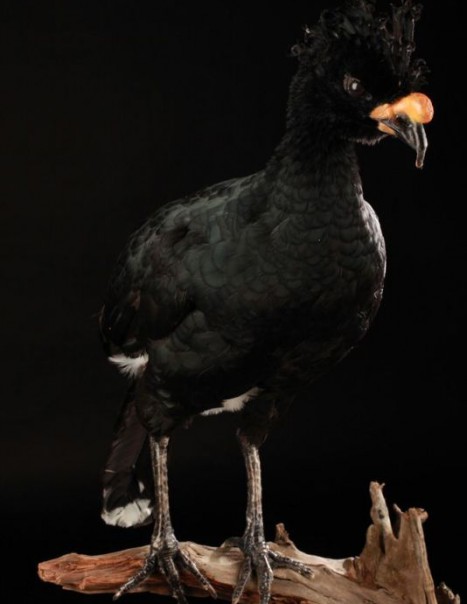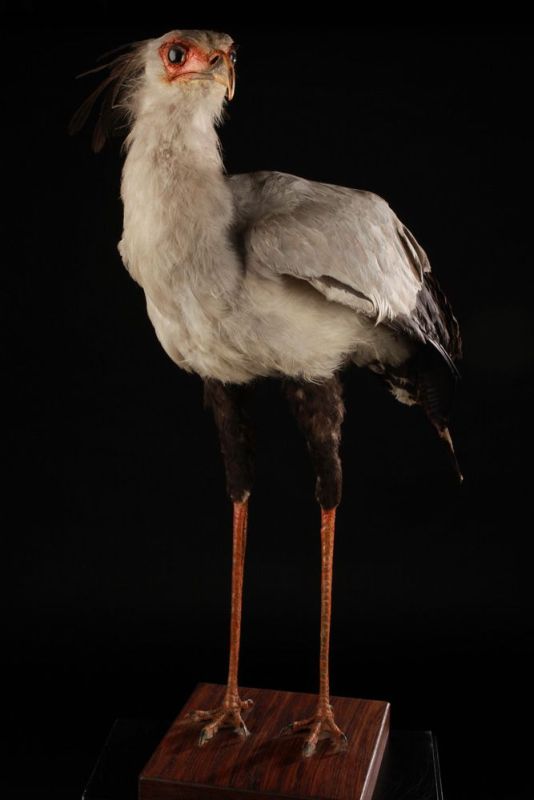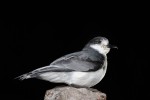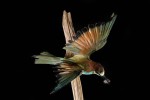Yellow-knobbed Curassow – Crax daubentoni
They live in forest and woodland in Venezuela and Colombia.
In Venezuela, yellow-knobbed curassow live between 100 and 500 meters above the sea level. In Colombia, the species lives at greater heights between 500 and 1500 meters.
Like most of the chickens genus Crax, the yellow-knobbed curassow especially looking for food ground, which does not prevent them to take refuge in the trees when they feel threatened. They may also sometimes search on all floors of vegetation up to the canopy.
The nesting season varies slightly by region. In Venezuela, it takes place in June, just at the beginning of the rainy season. In Colombia, it takes place in May. They are polygamous. Unlike the vast majority of galliformes, the hoccos avoid to nest on the ground and prefer to install their nests in trees. Both members of the couple involved in its construction. Females lay 1 to 3 eggs per clutch. It has no information on the incubation period or length of stay of nestlings.They eat fruits, leaves, seeds and small animals. The ingested substances should vary according to the resources and needs.
This bird is increasingly threatened.





